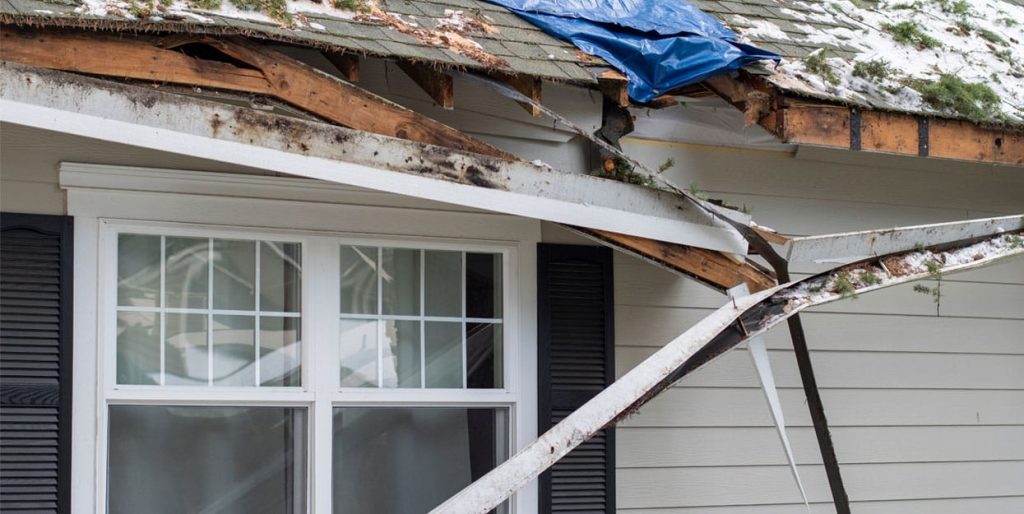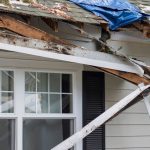When a storm passes, your home’s gutter system often takes the first hit, even if the damage isn’t immediately obvious. Detecting issues early can save you from costly repairs later. According to a post‐storm inspection checklist, items like sagging gutters, detached downspouts, standing water, and foundation pooling are key warning signs.
- Walk the perimeter and look for overflow signs
Begin by scanning the ground around your home. Soil erosion, mulch washed out, or water‐streak discoloration along the siding often means gutters didn’t channel rain away effectively. These signs indicate that gutters may have clogged, sagged, or suffered damage in a storm.
- Inspect the gutters themselves
After rain, check your gutters from below (or use a ladder safely) for:
- Sagging sections or gutters pulling away from the roofline. Heavy rain or wind may loosen brackets or cause gutters to bend.
- Leaks or dripping at seams, corners, or end caps. Storms can dent or crack gutters so that water seeps out rather than flowing to downspouts.
- Debris or clogs. Storms often deposit branches, leaves, or shingle granules into gutters. If the water cannot flow freely, it backs up and overflows.
- Examine downspouts and connections
Downspouts matter too. After a severe storm:
- Ensure each downspout is securely attached and free from cracks or dislocation. A disconnected downspout can send water pooling near your foundation.
- Confirm the downspout discharges a safe distance from the house. If water accumulates near the foundation, it may indicate spout misalignment or blockage.
- Monitor fascia, soffit, and siding for water impact
Gutter malfunction often shows up on your home’s finish work:
- Paint peeling, soft or rotting fascia boards, and streaks under the gutters mean water has overflowed or backed up.
- Check for rust or corrosion in gutters or metal brackets, hail or wind damage may have compromised components without visible major bends or breaks.
Why Acting Early Matters
Storm damage left unchecked can turn into major structural issues. Overflowing gutters can lead to foundation cracks, mold intrusion, basement flooding, or rot. Secure fasteners, reseal seams, and clear debris immediately to keep your system functioning and avert fallout.
Conclusion
Gutter systems are your home’s first defense after a storm. A quick, thoughtful inspection can catch minor problems before they escalate. Prioritize safety on ladders, act promptly when you spot trouble, and consider professional service if damage is beyond simple DIY. With timely effort, you’ll save on big repair bills and keep your home protected through the next big downpour.







